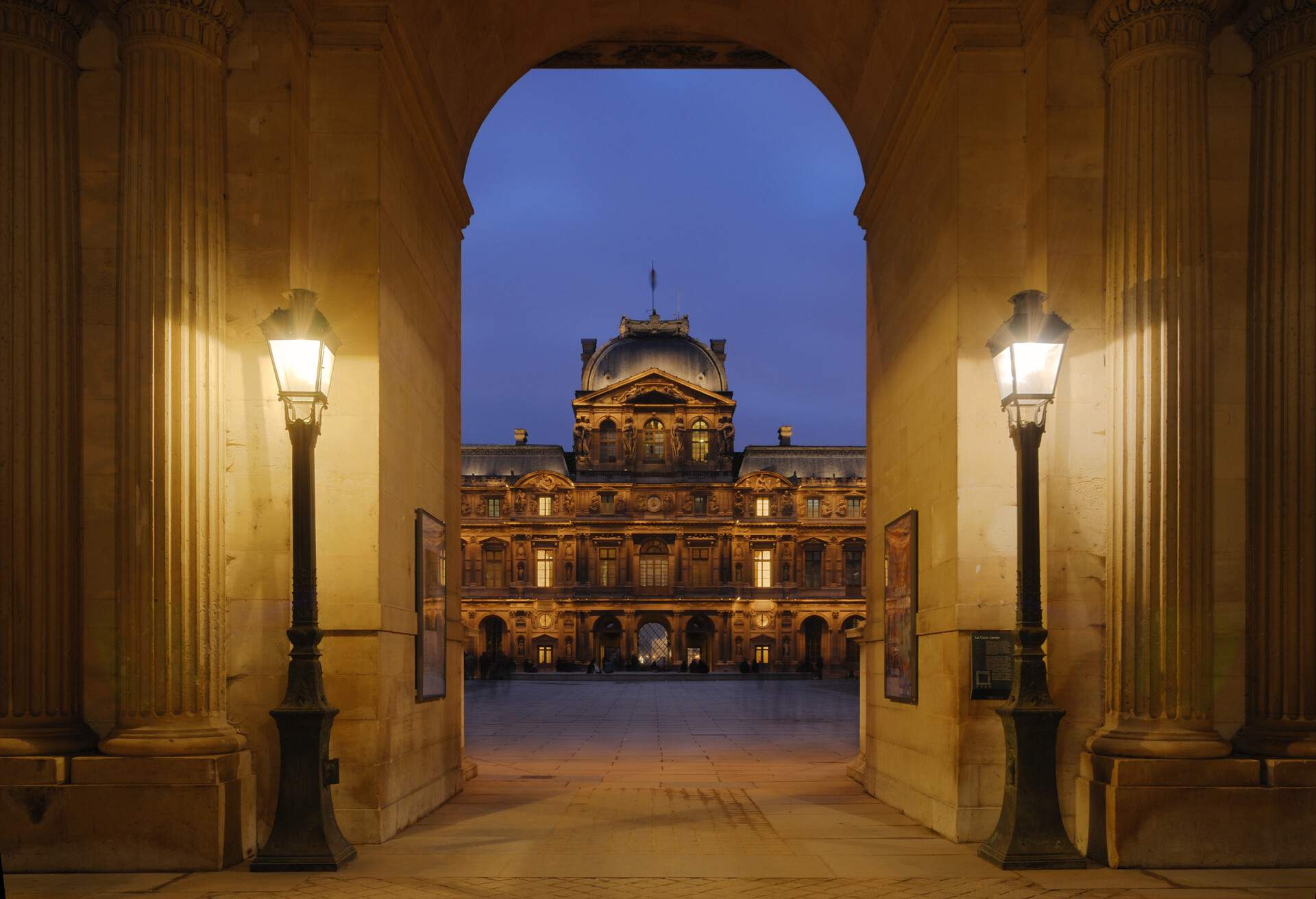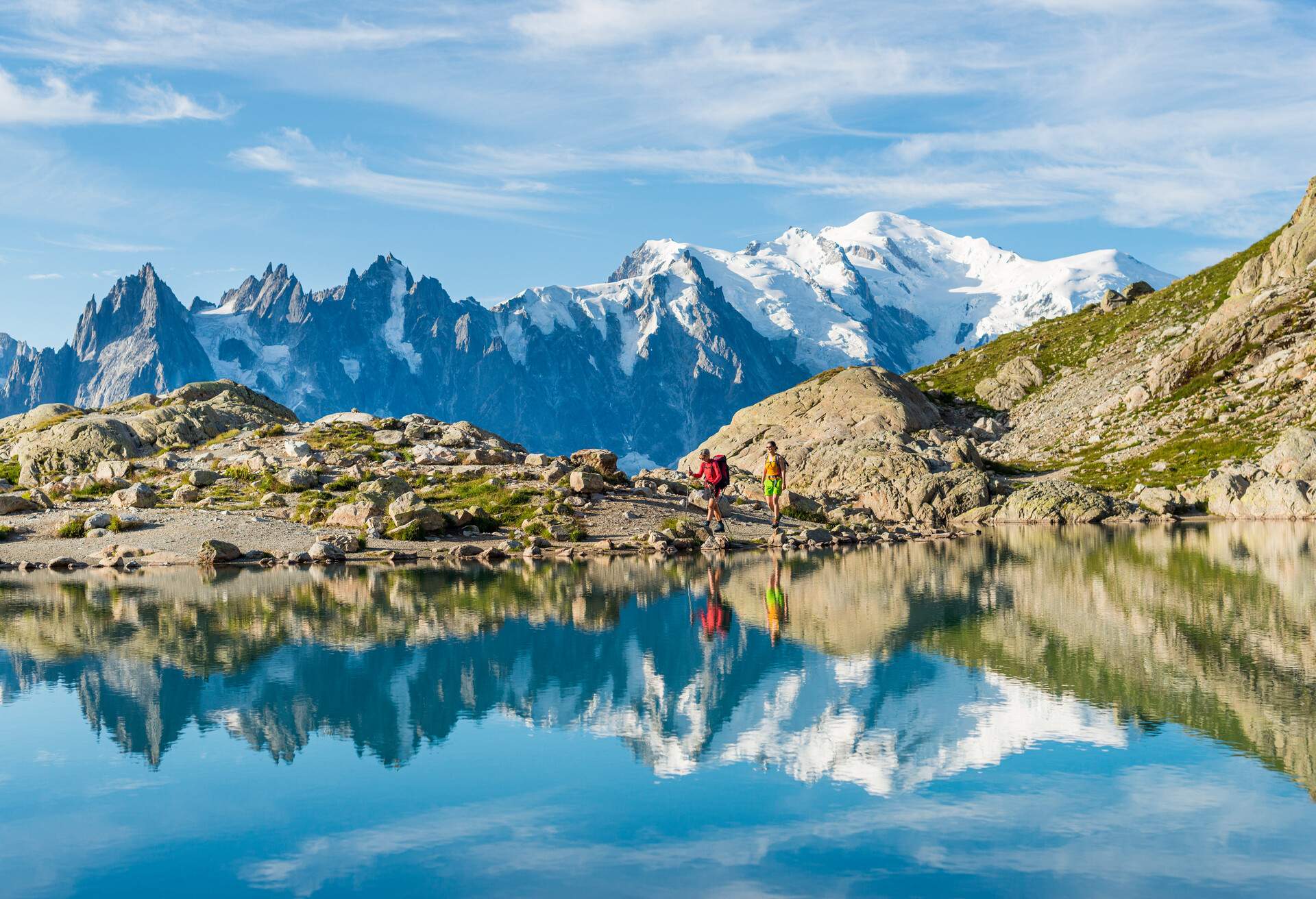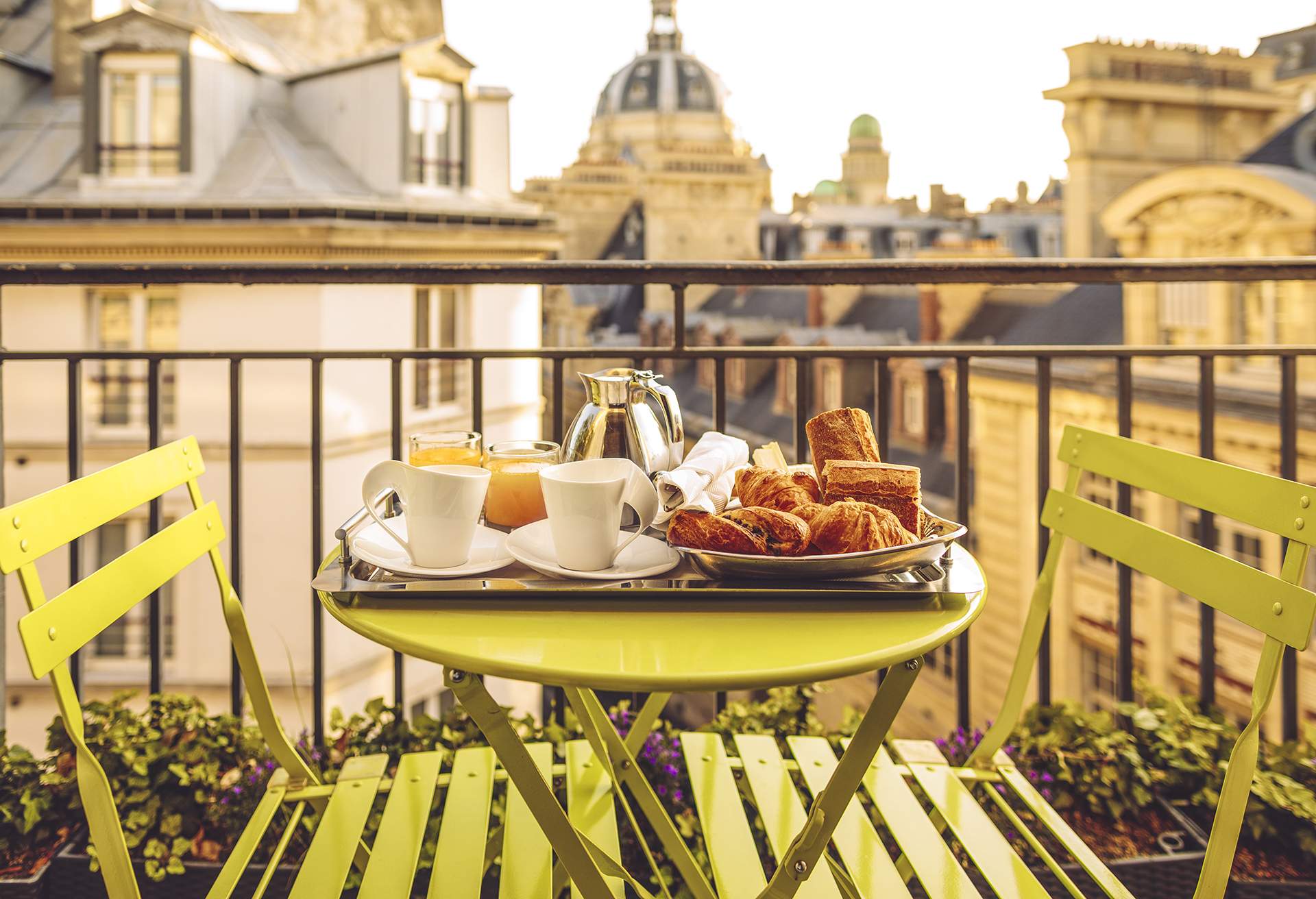With over 1210 museums, it isn’t surprising that some people may find it difficult to know where to start a tour of the best museums in France. Below is a compilation of what are thought to be some of the best museums in France; though not an exhaustive list, it takes in some of the most interesting places to visit in the country to create lasting memories. The tour will take you from the fabulous streets of Paris to grand royal palaces, and from quaint villages in the Luberon to the Cote d’Azure and Normandy.
The best museums in France: Paris
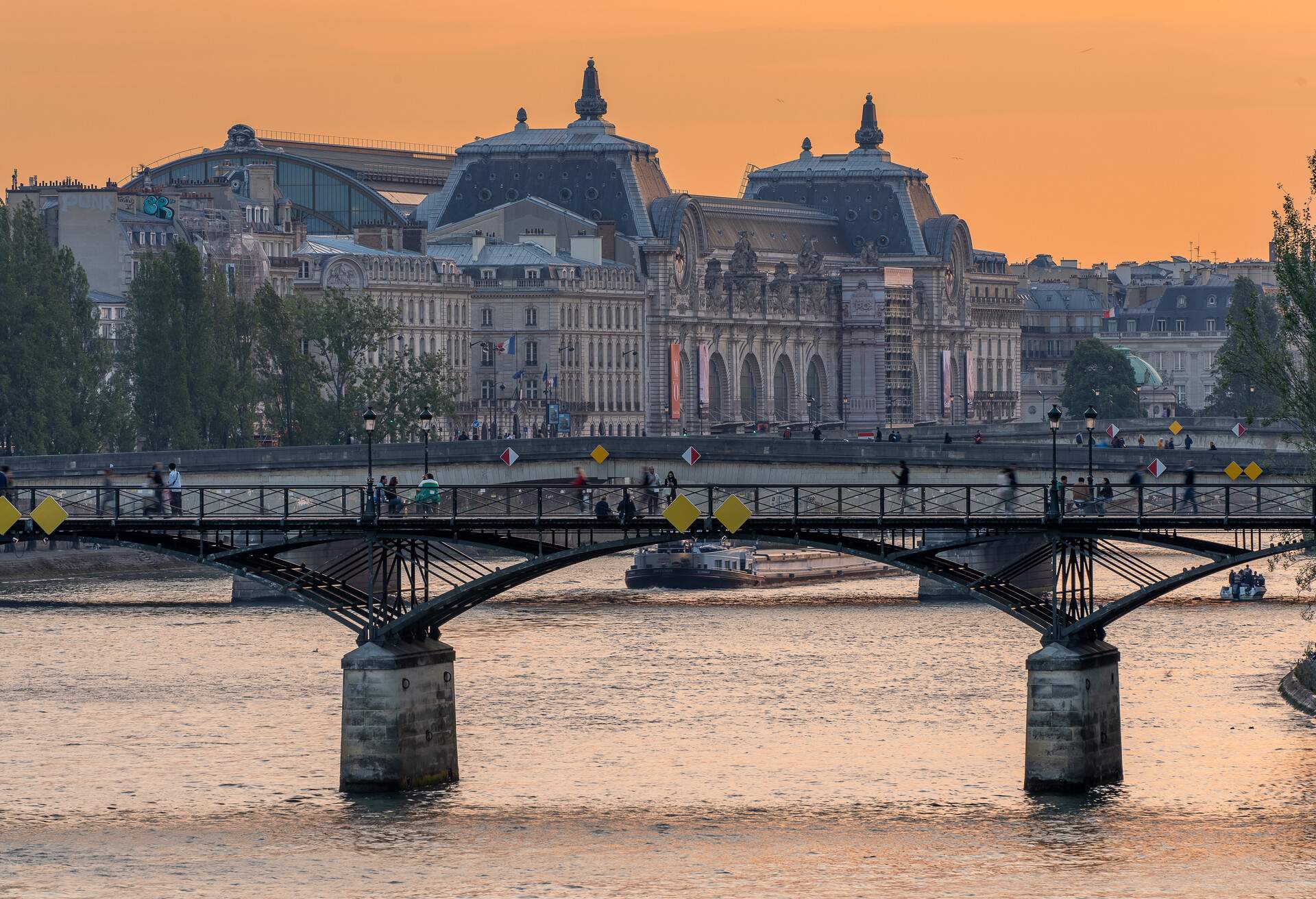
When taking a tour of the best museums in France, the capital city of Paris – the centre of everything chic – should definitely be at the top of the agenda. Some of the best-known and most visited museums in the world are found within its cobbled streets and majestic buildings. Do note however that many of these museums close on Tuesdays.
It is also recommended to start with guided tours to the larger ones, like the Louvre and the Musée d’Orsay. Both offer free entrance on the first Sunday of the month, which should be booked in advance, as it can be tricky to get in otherwise. One of the best and cheapest ways to enjoy museums in Paris is by investing in a Paris Museum Pass – it offers unlimited entry over two, four, or six days, worth every penny if you’re there over a period of days. The following are just a few of the best in Paris.
The Louvre
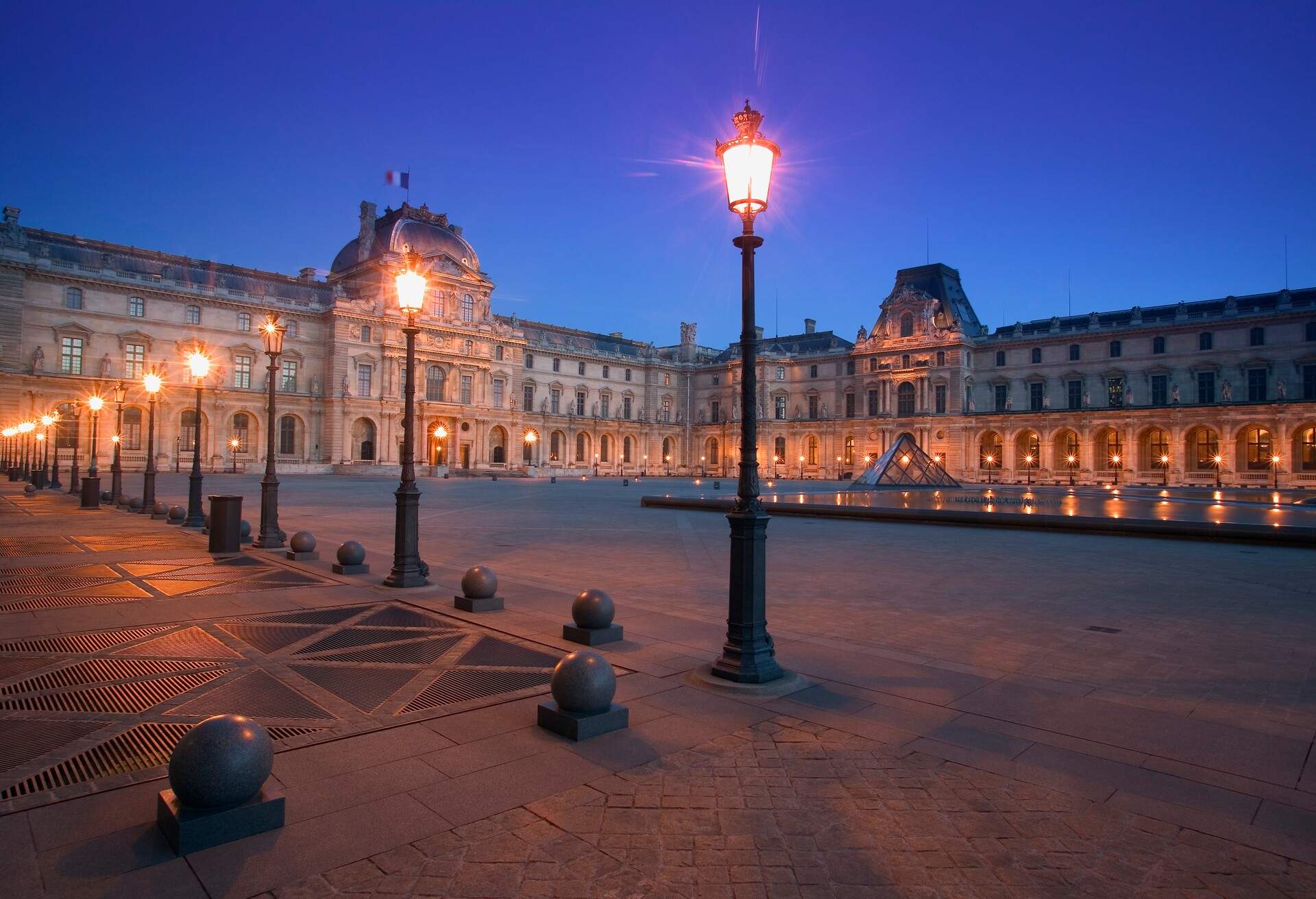
Our tour starts with perhaps one of the most iconic and visited museums in the world, home to some of France’s most prestigious collections: the Louvre. Not the only one of Louis XIV’s palaces we’ll be touring, the collection is thought to have over 30,000 works depicting Western civilisation, and ranges from Greek and Egyptian to European paintings from the 13th and 19th centuries. It’s here that you will find the lady with the most famous smirks in the world, Leonardo Davinci’s Mona Lisa, which is in good company amongst the French crown jewels that are on proud display, and the Roman antique furniture.
Some of the oldest and most famous statues found within its walls include the Venus de Milo and the rather imposing statue of The Winged Victory of Samothrace (or Victoire de Samothrace), a Greek sculpture thought to be from the Hellenistic age.
The Tuileries and Carrousel gardens next to the museum are a tranquil haven in the centre of Paris.
Opening hours: 9 a.m. – 6 p.m. Monday, Wednesday, Thursday, Saturday, and Sunday. Late night opening on Friday, 9 a.m. – 9:45 p.m. Museum is closed on Tuesday
Entrance Fee: Ticketed
Musée d’Orsay
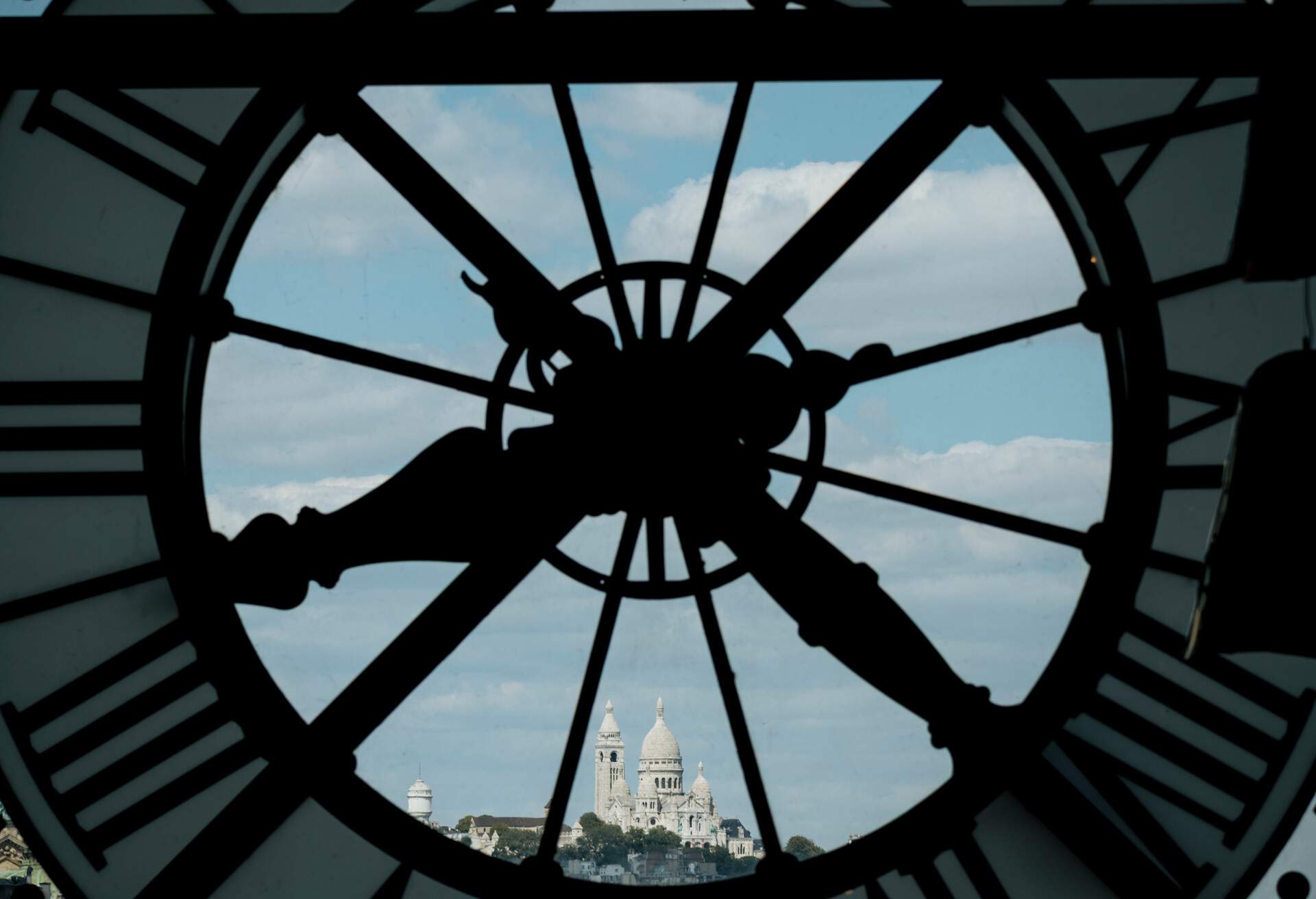
The Musée d’Orsay, that marvel of Paris on the banks of the River Seine, is housed within a converted railway station and is where you can find some of the works of the masters of Impressionism, including Monet, Manet, Boudin, and Renoir. You will also find within its impressive high ceilings works by Jean Auguste, Berthe Morisot, and Eugene Carrie, and around 27 of Van Gough’s paintings amongst others. It’s definitely worth having a guided tour, especially if it’s your first time at the museum – this also has the added advantage of skipping any long queues that sometimes form outside.
Opening hours: 9:30 a.m. – 6 p.m. Tuesday, Wednesday, Friday, Saturday, and Sunday. Late night opening on Thursday, 9:30 a.m. – 9:45 p.m. Closed Monday
Entrance Fee: Ticketed
Centre George Pompidou
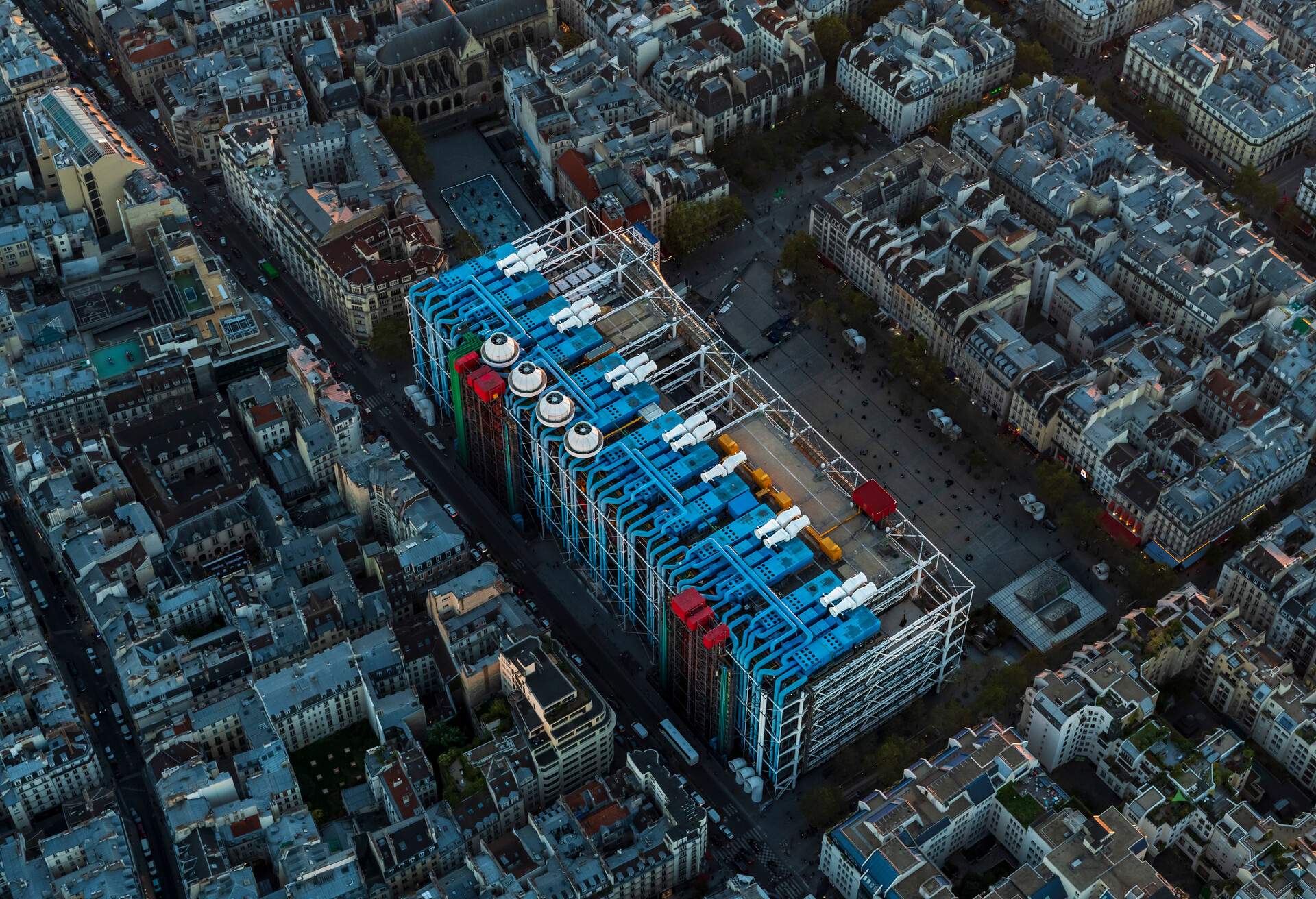
There is no shortage of contemporary art museums in Paris, but one of the must-visits is surely the Centre Pompidou. However divisive the modern building, with a Lego-like structure comprising industrial pipes and open glass, might be (kids love it, while traditionalists deem it an eyesore detracting from Paris’s other more refined façades ), it houses over 100,000 pieces of contemporary works starting from 1905.
The exhibitions include some of the largest examples of artistic movements from the 20th and 21st centuries, featuring artists born after 1960 too. It’s where you’ll find one of Henri Matisse’s largest collection of works covering his whole career.
The rooftop restaurant, Georges, offers stunning views of the Parisian rooftops that include the rather Instagramable Eiffel Tower.
Opening hours: 11 a.m. – 9 p.m. everyday. Closed on Tuesday. Please note that the museum is closed on the 1st of May.
Entrance Fee: Ticketed
Musée de l’Armée
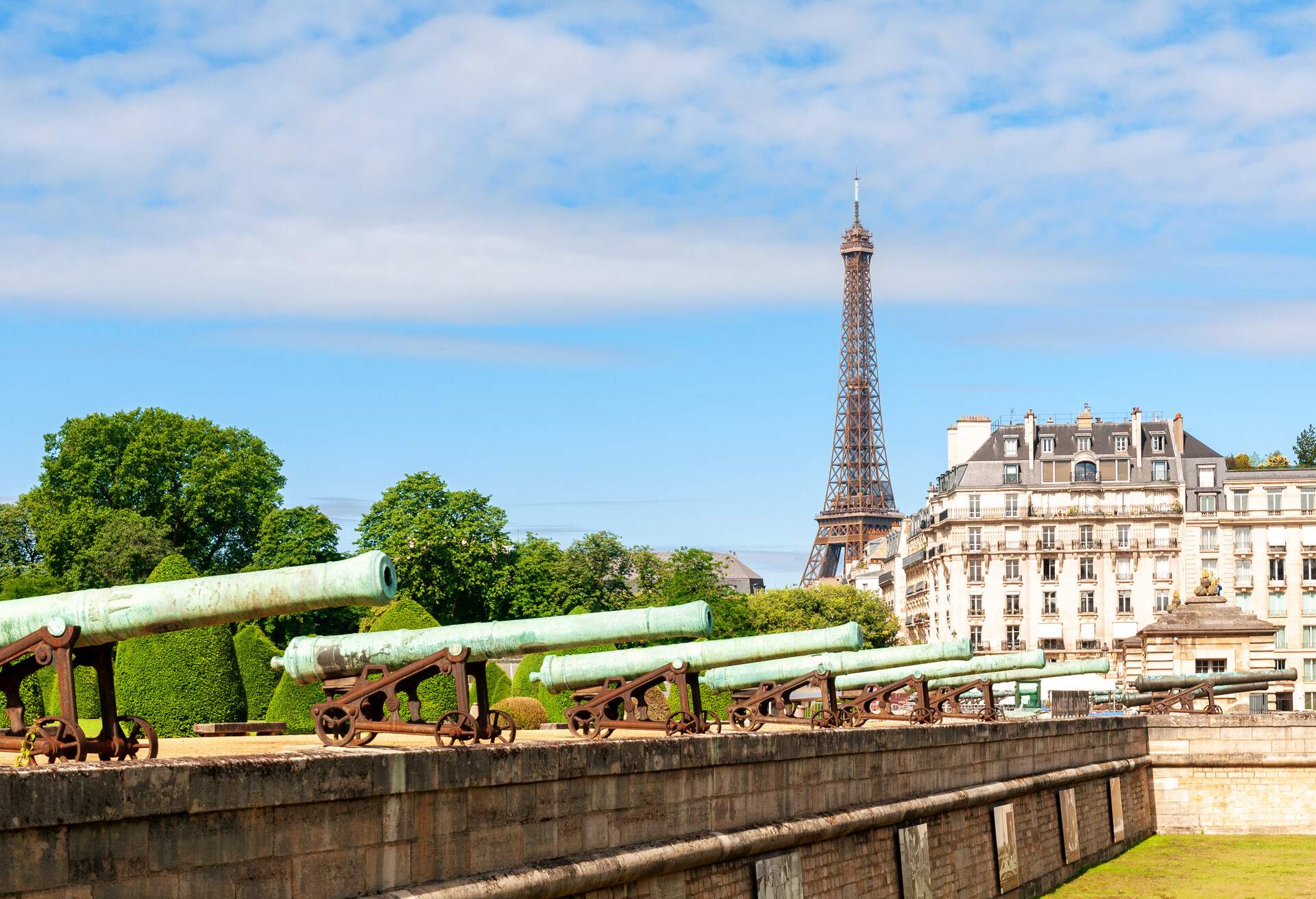
Another museum found in the heart of Paris is the Army Museum, which offers a fascinating insight into the French military exploits from the late Middle Ages to WWII. This is documented through a collection of armour, weaponry, and private uniforms, amongst which you’ll find ceremonial swords. In one of the rooms is an interactive section dedicated to Charles De Gaulle, former French president, and leader of Free France forces against Germany during WWII. It’s also here that you will find the tomb of France’s legendary general and revolutionary leader: Napoleon Bonaparte.
Opening hours: 10 a.m. – 6 p.m. every day except on the 1st of May
Entrance fee: Ticketed
Musée Rodin
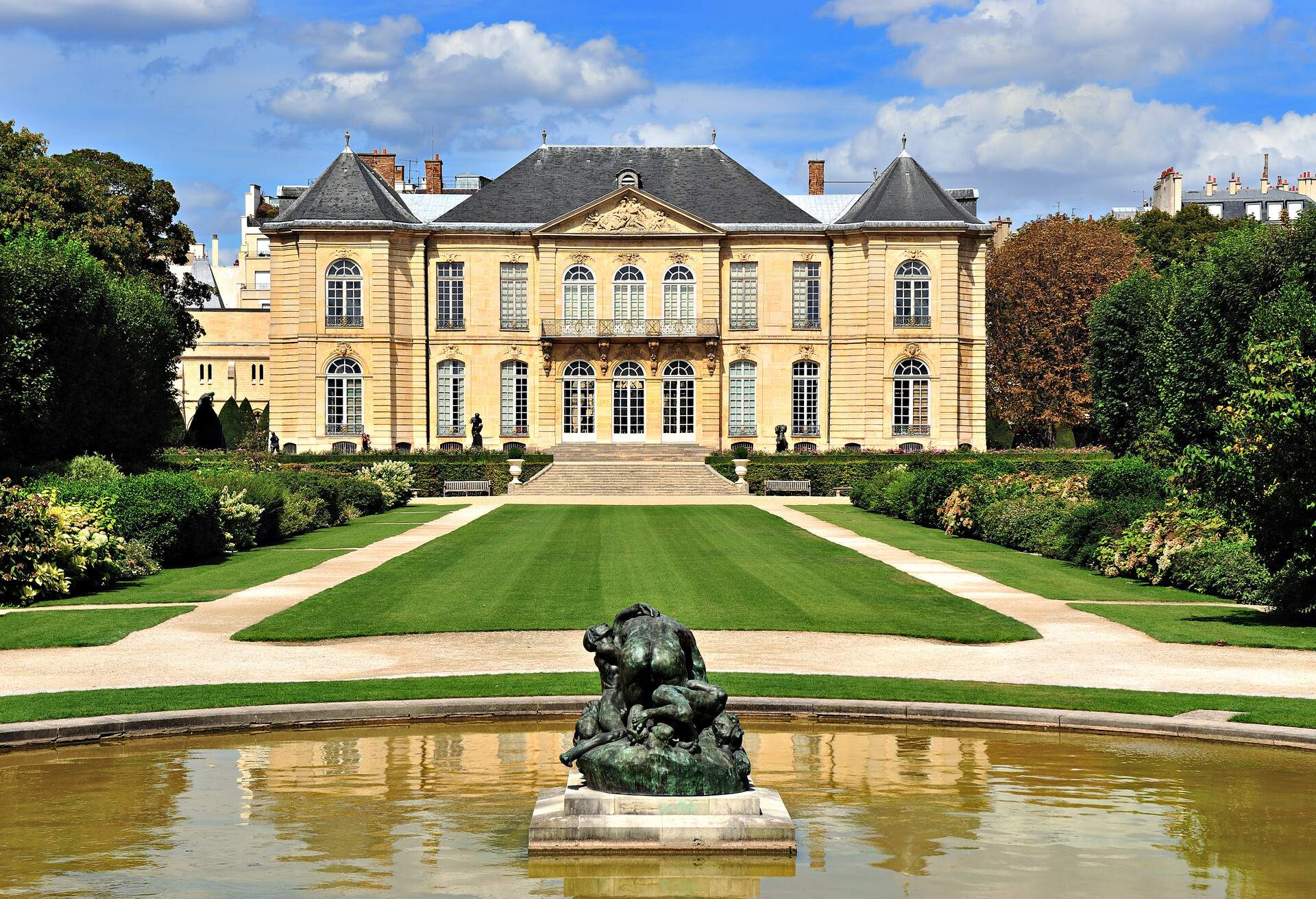
In an 18th century hotel close to the Eiffel Tower and near the Musée d’Armee, you’ll find the Musée Rodin, one of two sites dedicated to the works of the French sculptor Auguste Rodin – the other is at his old home in Meudon, just outside Paris at the Villa des Brilliants. The grand house is home to over 6000 sculptures that include the Awakening of Man and The Gates of Hell, one of the pieces exhibited at his first ever solo Paris exhibition. Amongst the sculptures are over 8000 paintings and photographic evidence of his works. The museum is set within a magnificent garden with a lake.
Opening hours:10 a.m. – 6:30 p.m. Tuesday – Sunday
Entrance fee: Ticketed
Jacquemart Andre
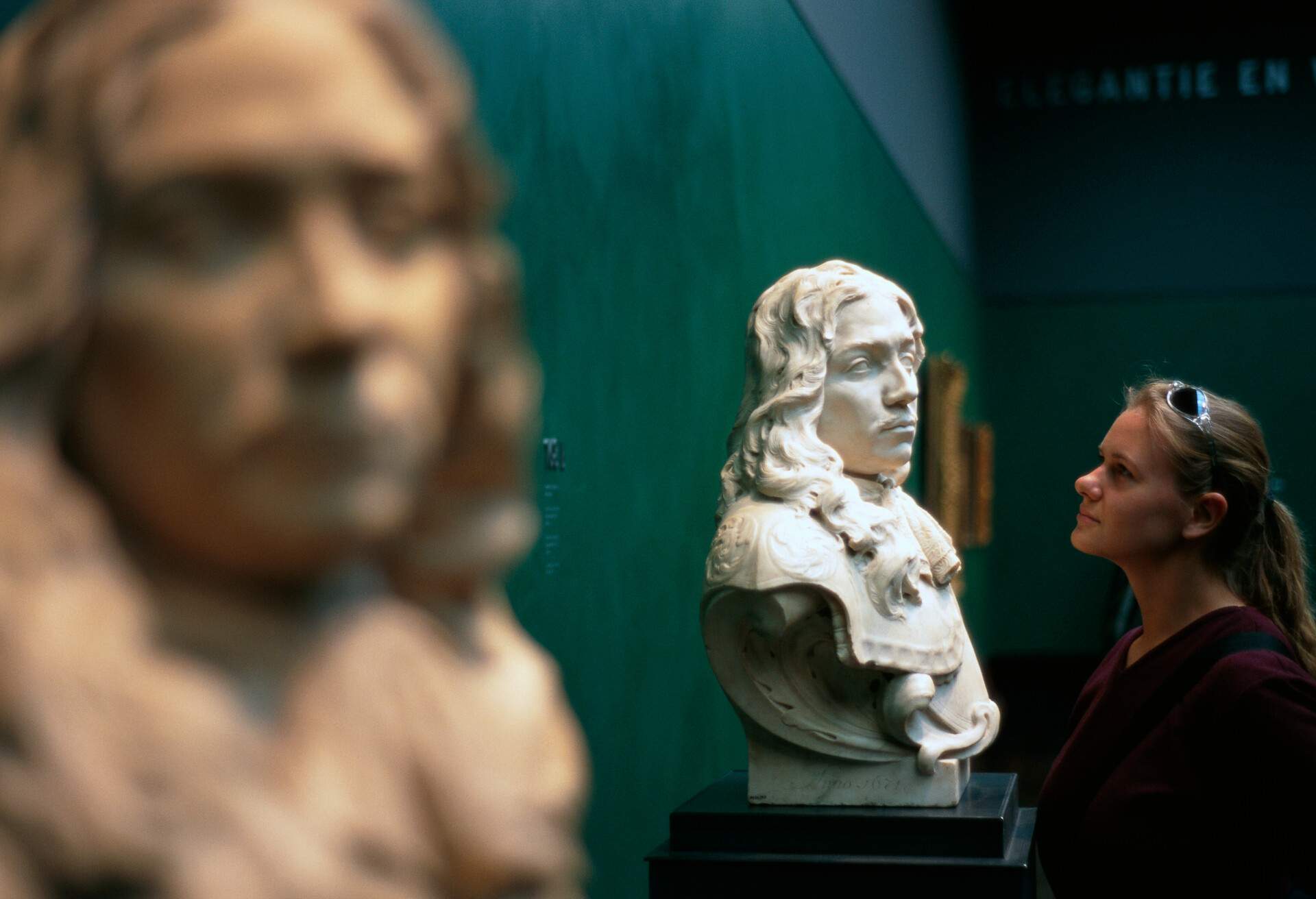
Not far from one of the world’s most famous avenue’s, the Champs-Elysée, in the 8th arrondissement of Paris, is a rather magnificent 19th century mansion that is home to the Jacquemart Andre Museum. Laid out among the genuine, lavishly decorated 19th century rooms is one of France’s finest private art collections to rival any museum, the collections include Renaissance works by Flemish and 18th century French artists, among others.
The most notable works are Canaletto’s painting of the Piazza San Marco and the Rialto Bridge, Francois Boucher’s rather cherubic The Toilet of Venus and Sleeping Venus, and a splendid Louis XV desk that fits in perfectly. You can dine like an aristocrat in the somewhat impressive former dining room, probably now one of Paris’s finest tea rooms.
Opening hours: 10 a.m. – 6 p.m. every day. Late openings until 8:30 p.m. on Monday.
Entrance Fee: Ticketed
Musée National d’Art Moderne
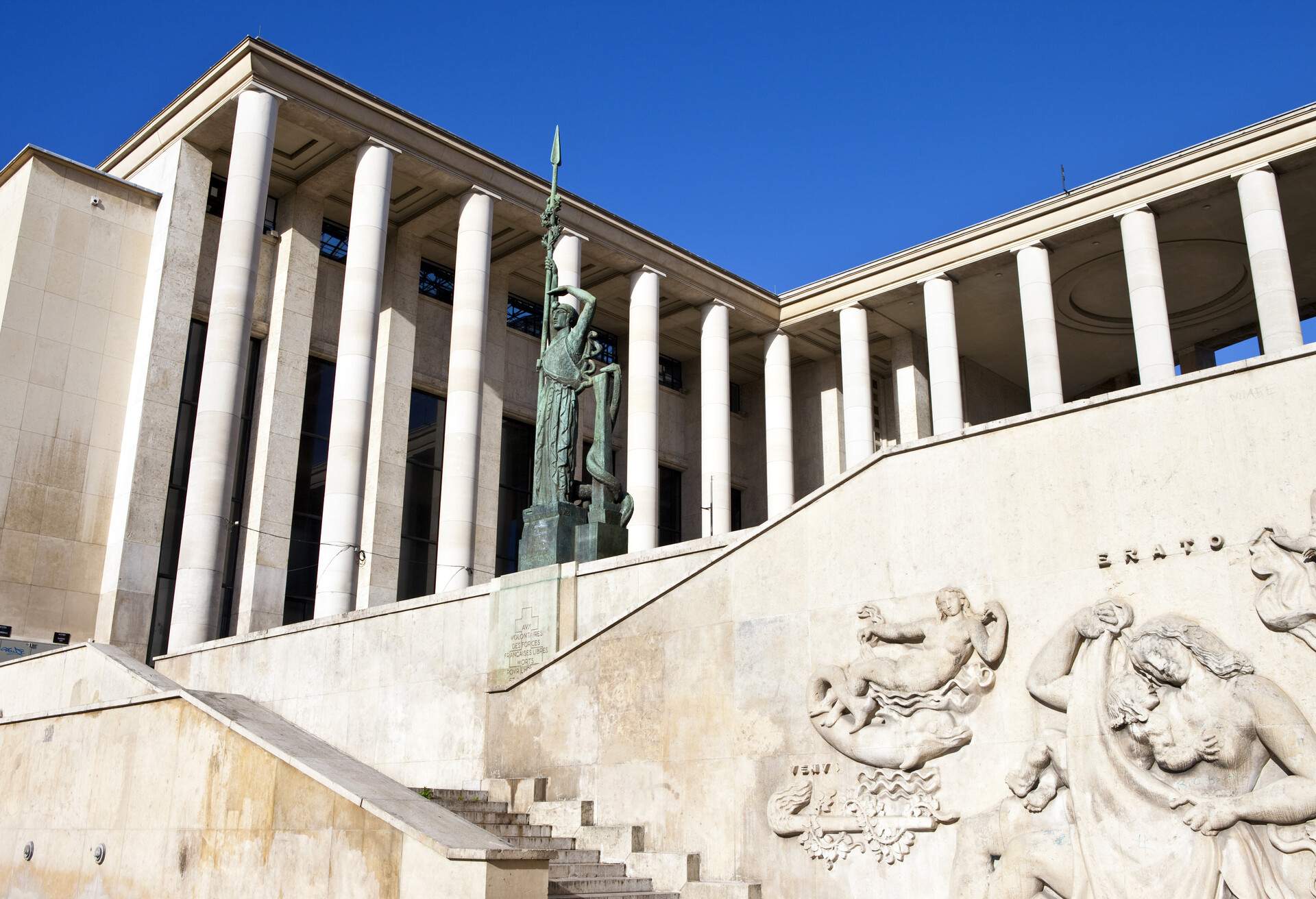
In the east wing of the Palais de Tokyo, thought to be one of Europe’s largest centres for contemporary art collections, opposite the Trocadero, you will find the National Museum of Modern Art of Paris. It is home to over 15,000 pieces of modern and contemporary works from the 20th and 21st centuries. Of note among its collections are the rather humongous murals by Gaston Suisse, Raoul Dufy, and Henri Matisse.
Opening hours: 10 a.m. – 6 p.m. Tuesday – Sunday. There’s a late night opening until 9:30 p.m. for the temporary exhibitions.
Entrance fee: Ticketed for the temporary exhibitions but entrance to the permanent ones is free.
Versailles
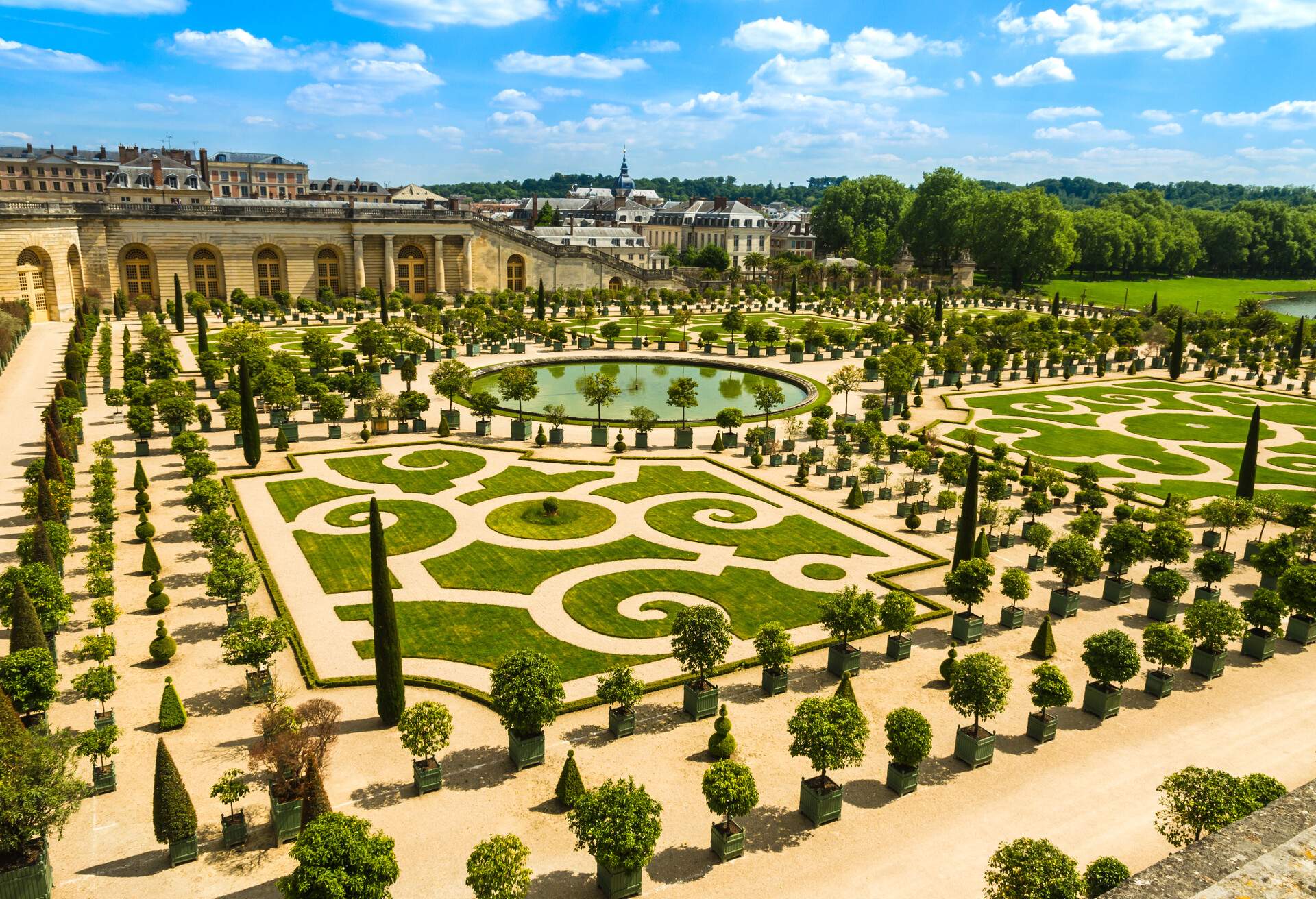
About an hour’s drive from Paris, you will come to Versailles, a city built by Louis XIV which would become the capital of France for about 100 years, now home to one of the most beautiful, magnificent, and greatest museums in France, and a UNESCO World Heritage Site. On the first Sunday of every month between November and March, the entire estate at the Palace of Versailles is free to everyone; tickets have to be booked in advance here. Otherwise, any EU citizen under 26 and non-EU citizen under 18 gets free admission any time of the year.
Palace of Versailles
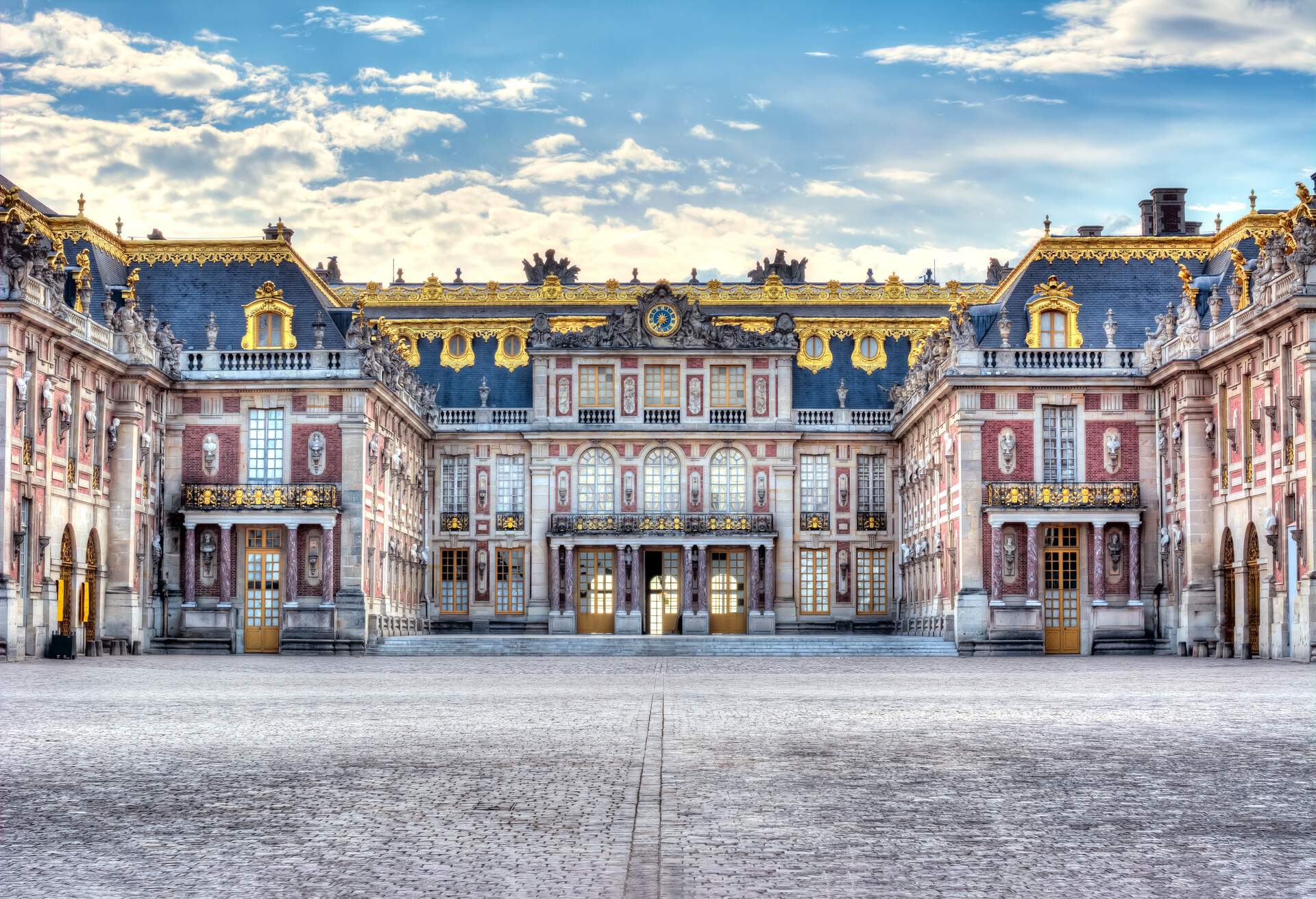
The Palace of Versailles is a lesson in opulence and grandeur – not surprising that it was regarded as a symbol of royal extravagance, making it a work of art in itself. Within its opulent gold-gilded walls and grand halls, you will find over 60,000 works of art documenting five centuries of French history. One of the most remarkable rooms in the palace is the Hall of Mirrors, which has over 300 mirrors set between 17 arches in a 17-metre-long room with painted ceilings depicting various historical victories.
The palace gardens alone are worth a visit, especially in the summer when they have various electric shows involving musical fountains. Another notable event is of course the Grand Masque Ball that takes place in the Orangery every year, in full costume, so grab a ticket for one if you can. This is one museum worth taking a guided tour to fully appreciate the best it has to offer.
Opening hours: 9 a.m. – 6:30 p.m. daily, times for the gardens vary.
Fee: Ticketed
Roussillon
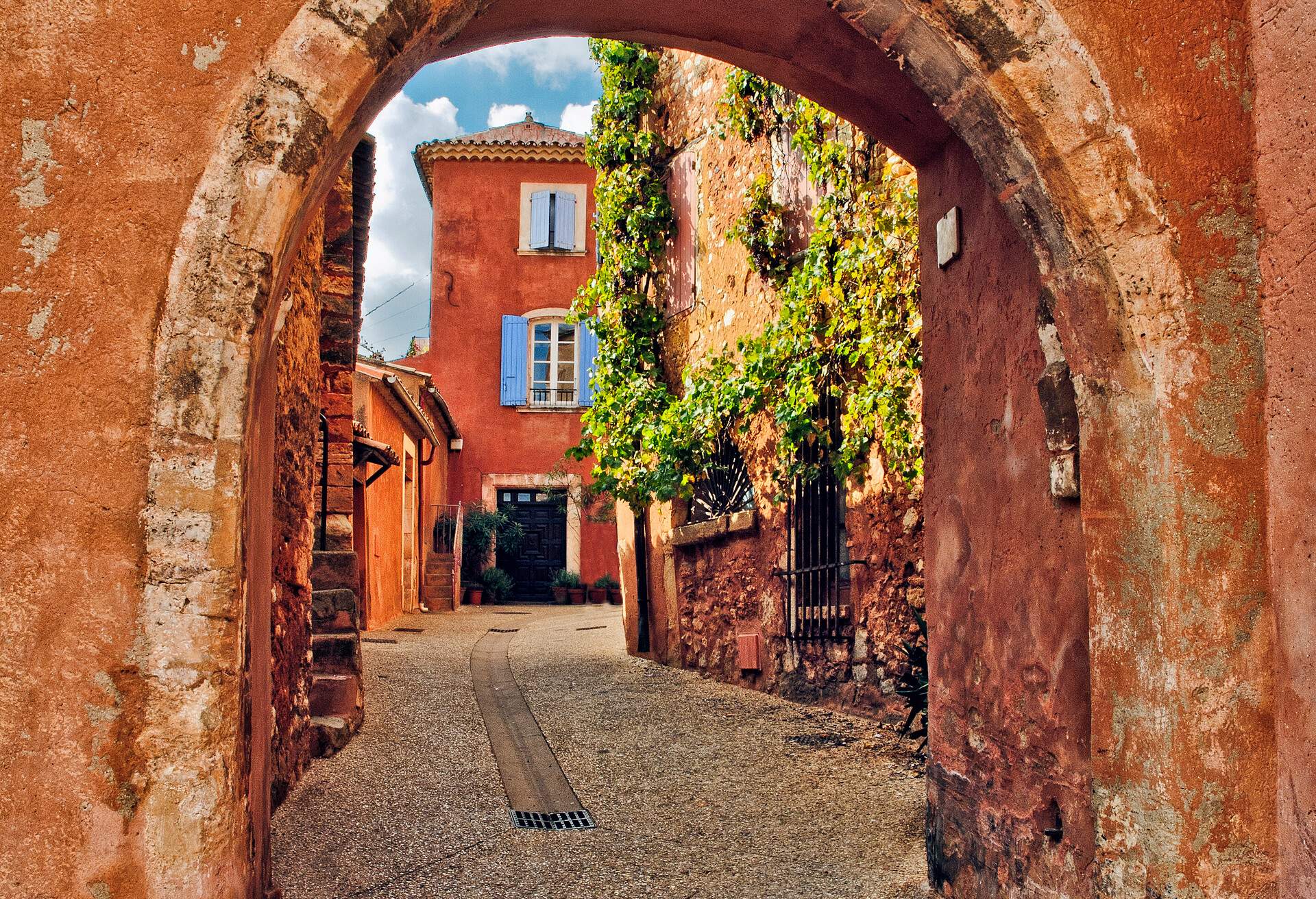
Your tour of the best museums in France should definitely include one of the most impressive villages in France located at the foot of Mount de Vaucluse. The village can be found right in the middle of some of France’s biggest ochre deposits, so is surrounded by yellow and red natural colours that contrast beautifully with the lush green countryside. This picturesque town on the hilltops is home to our next museum. There are museum passes available that allow unlimited entrance to museums in the area over three or seven consecutive days.
Galerie Tapiezo Contemporary
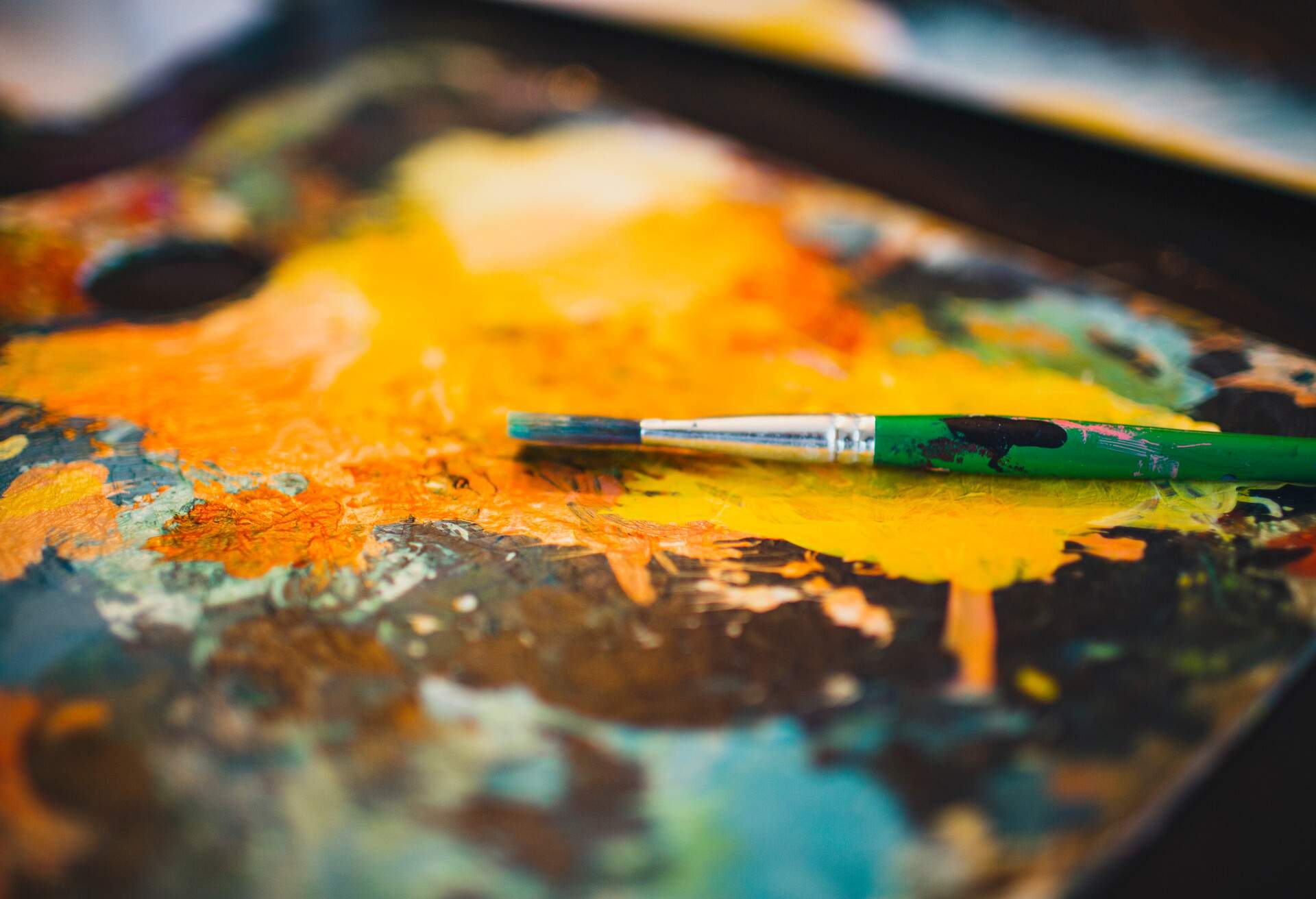
Perhaps influenced by the natural material around him, one of Roussillon’s and France’s famous contemporary and abstract artists, sometimes referred to as the modern day Picasso, exhibits his works at the aptly named Tapiezo art gallery.
Opening hours: 11 a.m. – 5 p.m. Monday – Saturday
Entrance fee: Ticketed
Baux de Provence
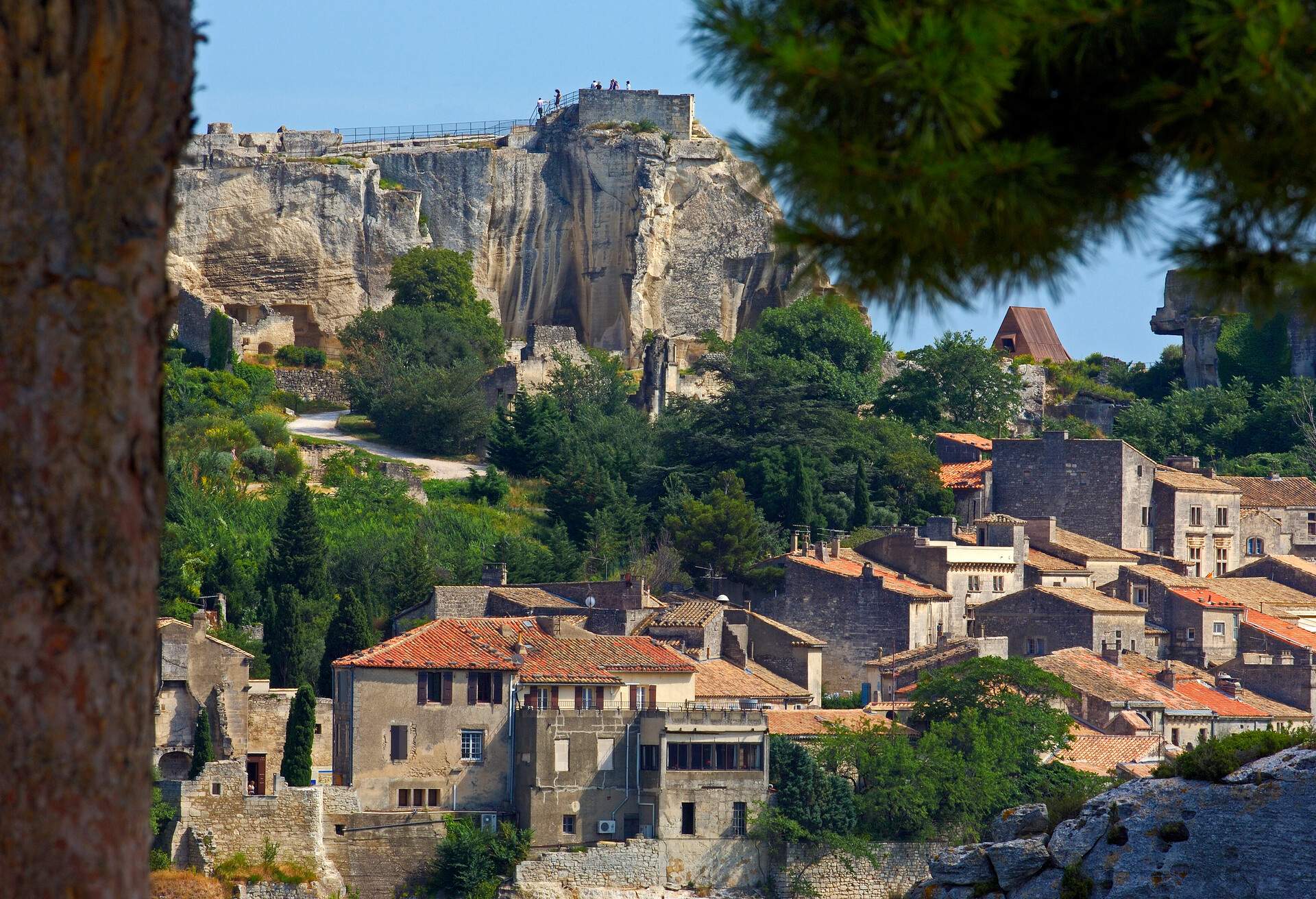
Up in the Alpilles Mountains in the Cote d’Azur, there’s an abandoned village that dates back to the 11th century, complete with a ruined castle. The houses in the village have been meticulously restored using the limestone and stones common in the area.
At the summit of its cobbled streets and narrow alleyways, which is a car-free zone, is the Citadel des Baux, a 10th century castle that was pulled down by Louis XIII in 1632, along with the city walls; nonetheless the ruins offer the most breath-taking views of the region. The area is slowly amassing avid foodie enthusiasts due to its excellent cuisine . You can get a combined pass for both the chateau and the Carrieres ticket, which offers a 50% discount to the Yves Bayer Museum.
Carrières de Lumières

At the bottom of this beautifully reconstructed medieval village, set in an old quarry, is where you will find one of the most immersive artistic experiences that you will indulge in anywhere. The Carrières Lumières<7a> uses modern technology to project the paintings and sculptures of such famous artists as Michelangelo, Picasso, and the Spanish Masters and Van Gough onto its huge surface.
Opening hours: 10 a.m. – 6 p.m. in January, November, and December. 9:30 a.m. – 6 p.m. in March, 9:30 a.m. – 7 p.m. in April, May, June, September, and October. The museum opens from 9 a.m. – 7 p.m. in July and August.
Sainte-Mère-Église
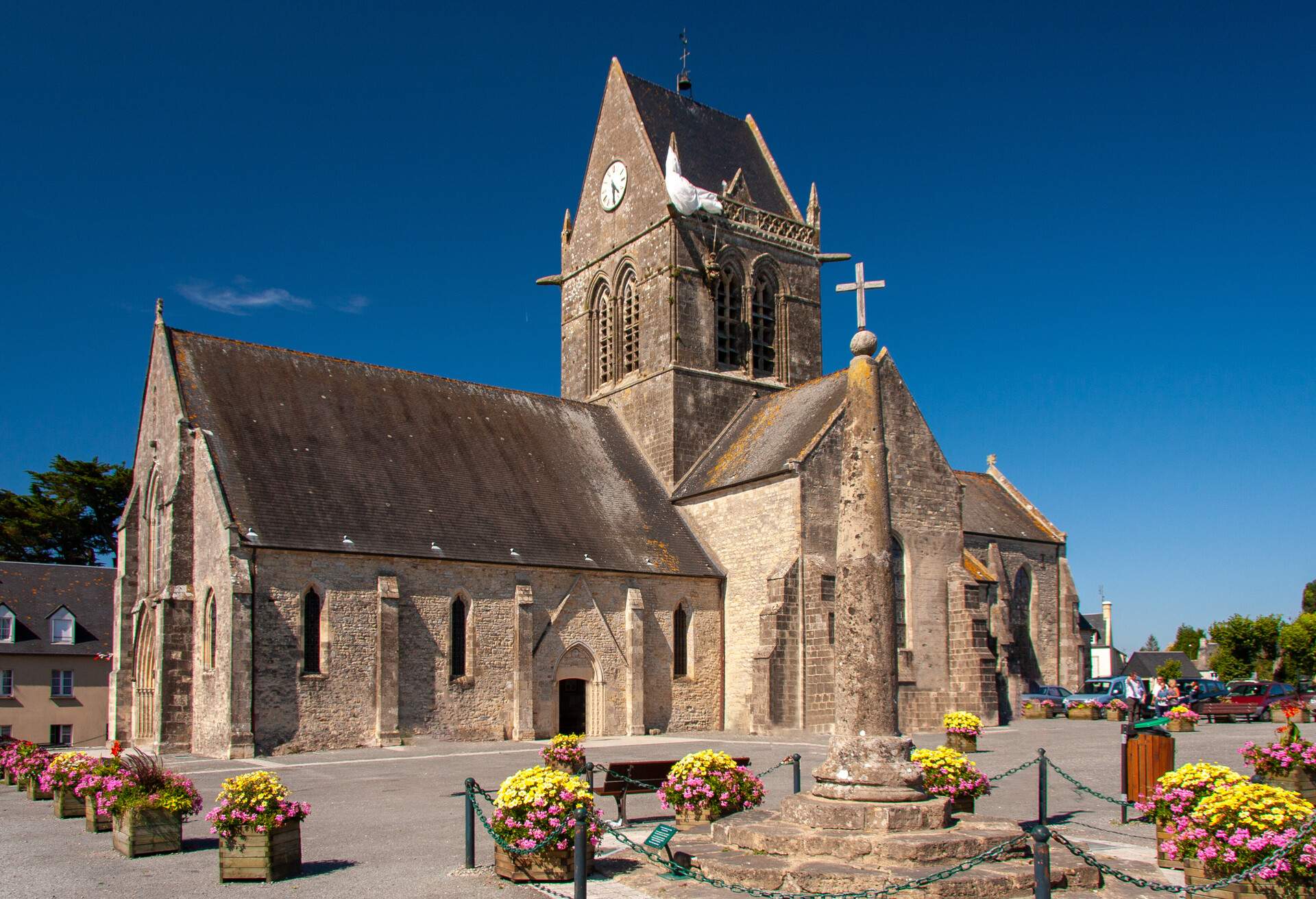
In Normandy, you’ll find a village that played a key part in WWII – Sainte-Mère- Église was where the first Allied paratroopers landed. There are various plaques and monuments around the village commemorating this momentous event, including the zero milestone, which is thought to mark the area where the march started.
Among them, on the village’s Bell Tower, still hangs a parachute believed to be 82nd Airborne paratrooper John Steele’s. Every year in June, the village holds celebratory events to remember this day.
Airborne Museum

It’s fitting that the Airborne Museum is found here, a rather realistic museography dedicated to the D-Day landings that includes cargo planes, uniforms, and ammunitions from the time, as well as a WWI exhibition. The Waco building itself is shaped like a parachute and is where, amidst other memorabilia, the only replica of a Waco glider in France exists, which you can also climb into!.
Opening hours: 9 a.m. – 7 p.m. May – August. 9 a.m. – 6:30 p.m. April and September. 10 a.m. – 6 p.m. October – March.
Entrance fee: Ticketed
Orgnac l’Aven
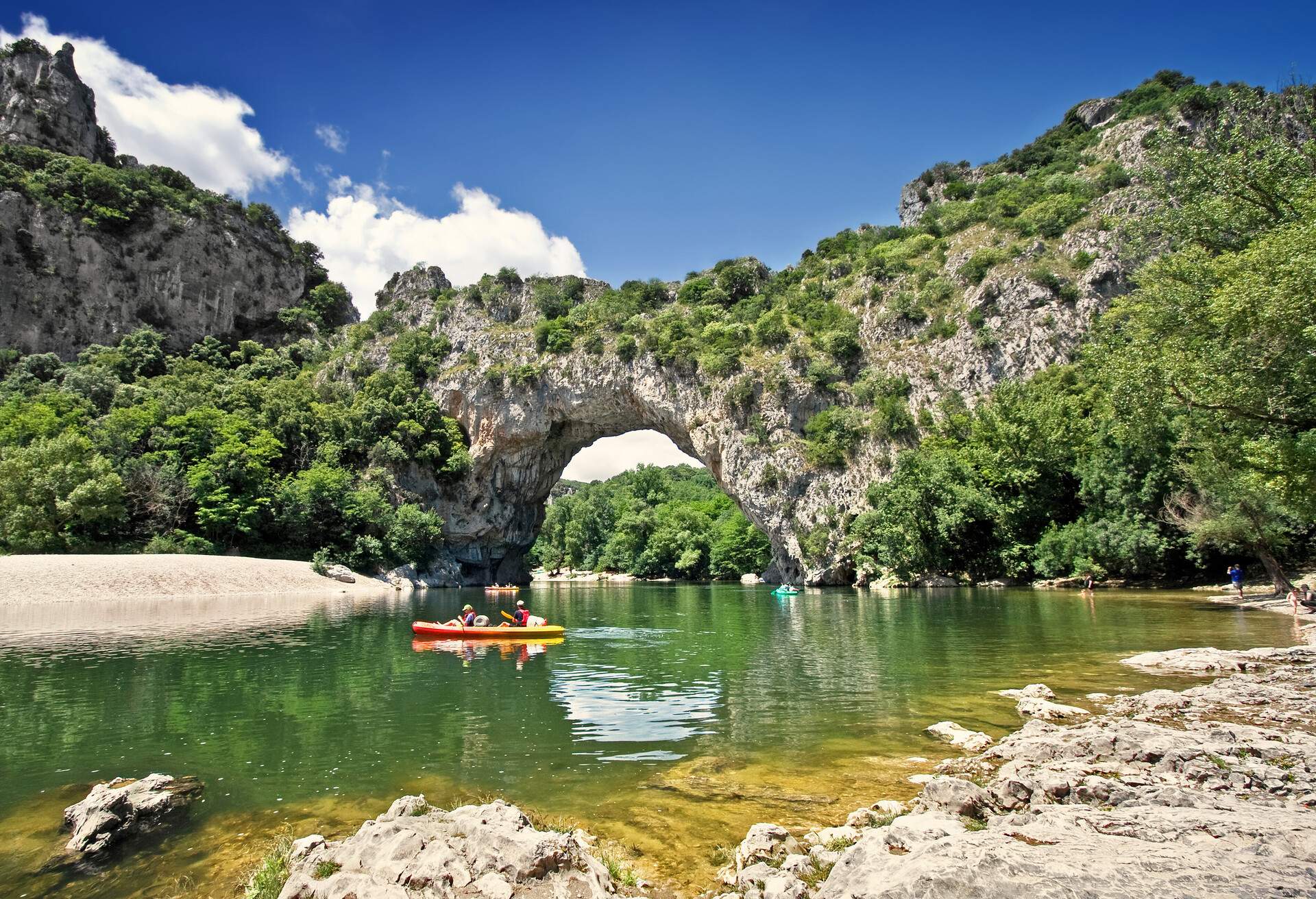
Next we head to the Rhône-Alpes in the southern region of France for another museum that is a must-see on our tour of the best museums in France. This is an area of stunning natural beauty that is punctuated by picturesque villages offering unique experiences.
One such village is Vallon-Pont-d’Arc. Close to this beautiful village is the Pont d’Arc, a natural stone arch that rises 50 metres into the air and is 60 metres wide, stretching across the river Ardeche, connecting the Ardeche and Ceze gorges to provide a stunning view. On either side of the river are beautiful river beaches to relax on, whereas if you love canoeing, you can take one down the river. However, the village that’s home to our next museum is Orgnac l’Aven.
Grand Site de l’Aven d’Organac
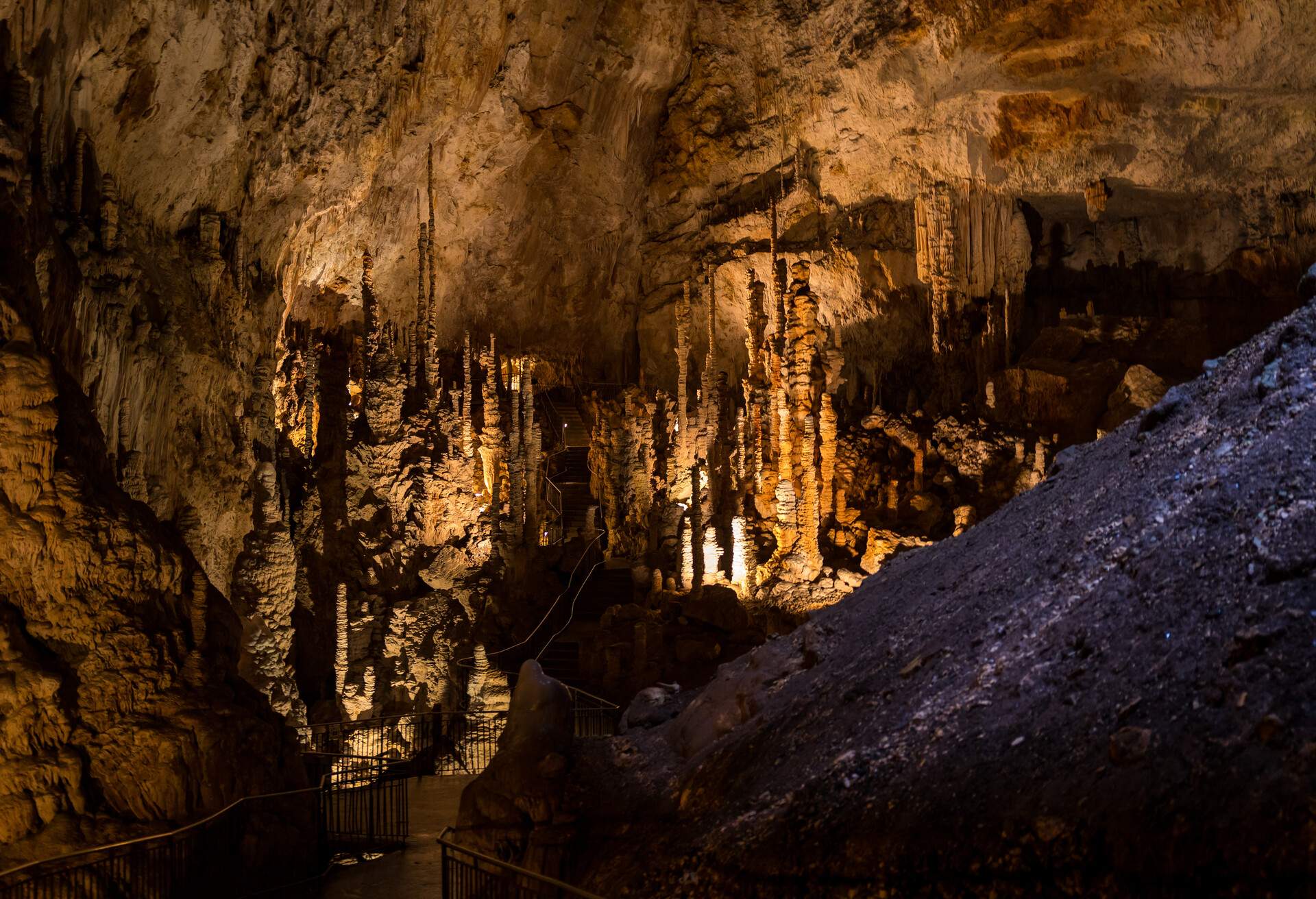
It’s home to the grand site of Aven d’Organac, three underground caves of immense proportions that offer a glimpse into an enchanting and mesmerising underground world. The caves’ gigantic limestone formations are in the shape of large chandeliers, mushrooms, or even plates hanging from vast strong ceilings or protruding from the ground and date back millions of years, but were only discovered in 1935. They are divided into the Hall of Jolly, Hall of Chaos, and the Red Room, which is where the tour ends with a choreographed show of light and music.
At the entrance to the caves is a prehistoric museum, the Cité de la Préhistoire, detailing life from the Palaeolithic to the Iron Age, including archaeological artefacts from the times. It’s a fascinating exhibition done in such a way that even the young ones will enjoy it.
Opening hours: 9:30 a.m. – 7 p.m.
Entrance fee: Ticketed, a fee that includes a tour of the prehistoric museum.
